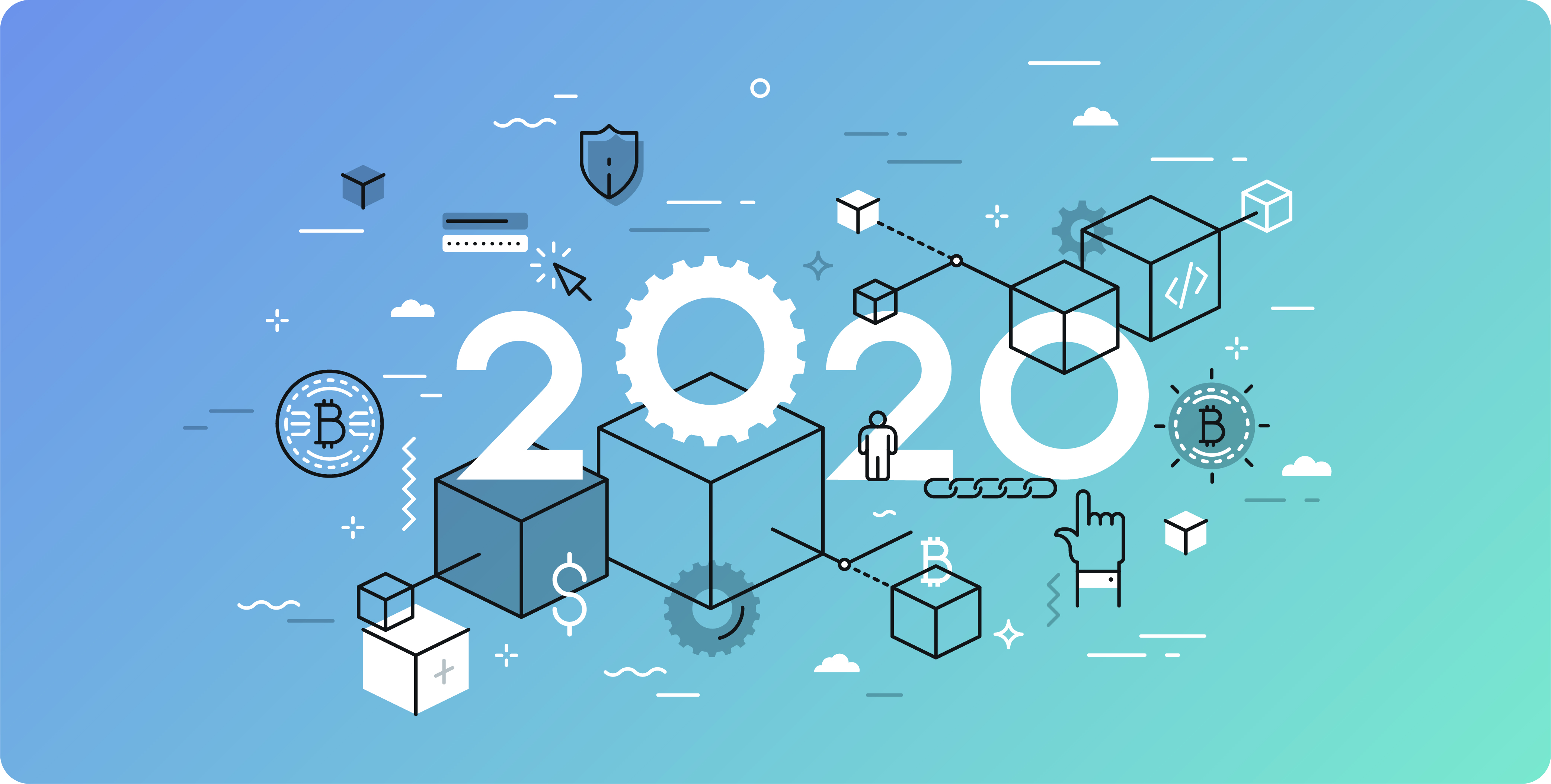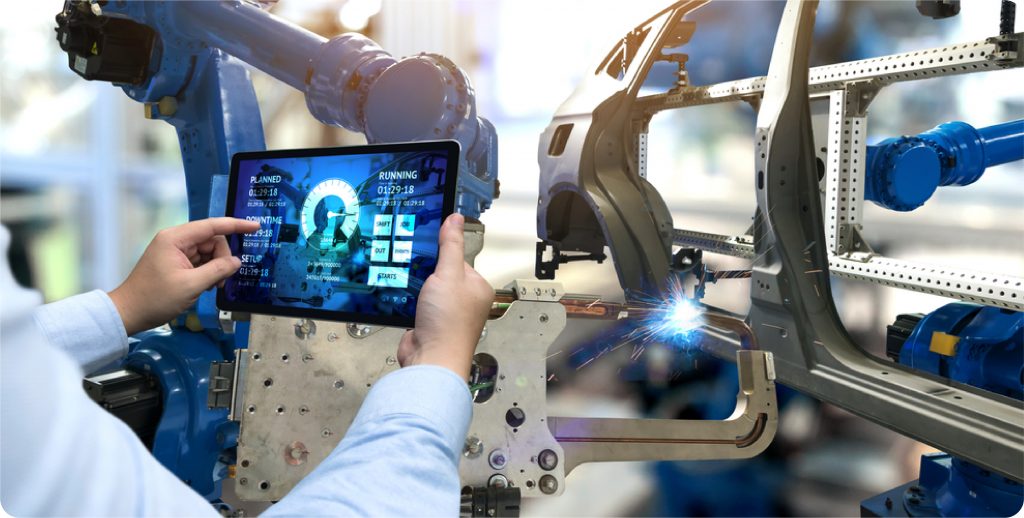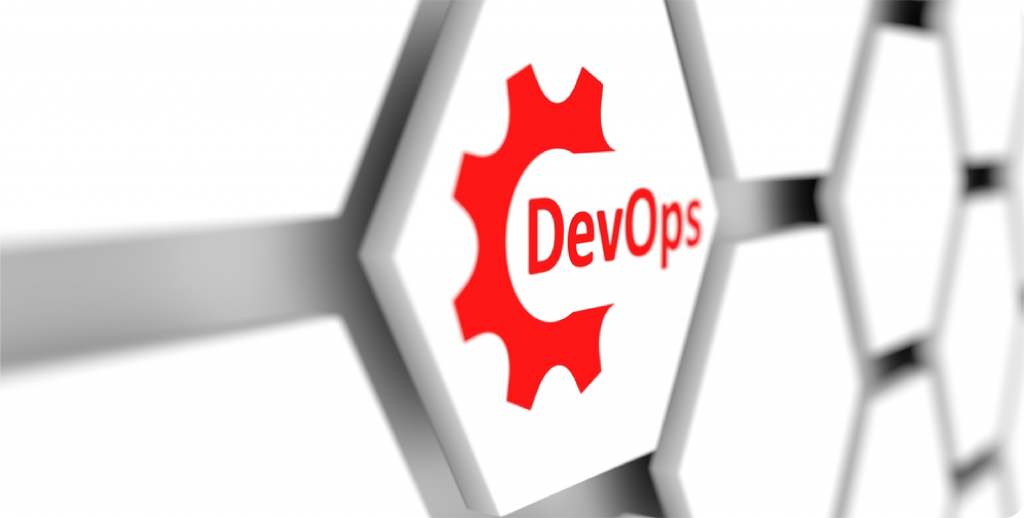Although we are pretty short of what the movie ‘Back to the Future’ predicted for our time slot, technologies are still developing at an unprecedented speed. Cashless payments, smart wearables, 3D-printed prosthetics, movies downloaded at lightning speeds, etc. What will the Year of the Rat bring for the technological community? Value-based consumers, recessionary fears, and global sociopolitical uncertainty will make 2020 the year of adaptability.

written by:
Anastasia Borodinets
Although we are pretty short of what the movie ‘Back to the Future’ predicted for our time slot, technologies are still developing at an unprecedented speed. Cashless payments, smart wearables, 3D-printed prosthetics, movies downloaded at lightning speeds, etc. What will the Year of the Rat bring for the technological community? Value-based consumers, recessionary fears, and global sociopolitical uncertainty will make 2020 the year of adaptability.
Innovation as the Driving Force
By 2023, more than 50% of all information and communications technology spending will be targeted at digital transformation and innovation (compared to 27% in 2018). Companies must develop a multi-year digital transformation plan and identify critical success factors in order to keep up with the rest of the world.

Automation Strategy Review
Despite the widespread introduction of automation, in many areas there is still no overall update strategy. As a result, companies spend money on duplicating existing tools and processes, which prevents the effective scaling of the business. It is assumed that by 2025, company executives will invest not just in automation, but in the development of common industry strategies for its implementation.
What is more, we will most likely face such phenomenon as hyperautomatization which is a combination of machine learning, ready-made software and automation tools to perform any kind of work. It covers not only the wide set of tools, but all the steps of automation as such (discover, analyze, design, automate, measure, monitor and reassess) as well. Accurate assessment and coordination of automated mechanisms is the main focus of hyperautomatization.
In addition, analysts believe that automation will change the structure of the labor market and raise the global economic problems of income distribution and stagnation of wages. In 2020, automation will replace over a million jobs with robots. However, the number of jobs requiring intuition, empathy, as well as physical dexterity and a flexible mind will increase. It turns out that only call centers will reduce staff by 40% due to automation, but the remaining employees will become more qualified and better paid. Unfortunately, not all companies are trying to prepare employees for new jobs in the future, and such an attitude could turn into a disaster.
Infrastructure Growth Planning
With the growing popularity of AI and machine learning, organizations will have to think about how they will manage the powerful data stream. It is assumed that by 2022, corporate IT infrastructures will not use traditional data centers, but rather edge computing, which will require a special approach to data protection.
Hybrid IT Infrastructure and Trust in Disaster Recovery
Disaster recovery plans designed for traditional systems need to be revised to take into account new hybrid IT infrastructures, otherwise the entire organization could be under attack, analysts warn. The sustainability requirements of IT infrastructure should be evaluated at the design stages, and not considered only after deployment. Given that many companies are ignoring these requirements, by 2021 most of them may have serious problems due to the transition to hybrid cloud infrastructures.
Hybrid Digital Infrastructure Management
With the development of hybrid digital infrastructures, the need for their management is growing. This task can be facilitated with the help of special tools focused on HDIM, however, analysts warn that you should not trust suppliers offering a single solution to all problems. Over the next few years, though, we expect vendors focused on HDIM to deliver improvements that enable IT leaders to get the answers they need far faster than they can today.
Industrial Apps
By 2025, nearly two-thirds of enterprises will become software manufacturers. More than 90% of applications will become cloud-based, with 80% of the code coming from external sources, and there will be 1.6 times more developers than today. Business leaders are encouraged to invest in automation systems and start interacting with open source software communities.
By 2023, more than 500 million digital applications and services will be developed and deployed using cloud technology. Most of them will focus on industry. As new applications and services become available, new minimum competitive requirements will be formed in each industry.
To meet those requirements, businesses should develop strong competitive intelligence into their industry's digital transformation landscape, integrate the idea of a digital innovation factory into core product planning, and ensure all hands are on deck to contribute with deployment.
All You Need is Clouds
To stay competitive in this digital-first economy, digital services must be able to run anywhere and anytime. As a result, an enterprise’s ability to compete will depend on its digital reach.
The distributed cloud approach is the distribution of public cloud services to different locations, with the public cloud provider assuming the responsibility for the operation, management, updates to and evolution of the services. Examples include AWS Outpots, Microsoft Azure Stack and Google Anthos.
This trend represents a significant shift from the centralized model of most public cloud services and will lead to a new era in cloud computing. Distributed clouds will allow organizations to place public cloud services in the geographical location they want.
By 2022, 70% of enterprises will deploy unified hybrid/multicloud management technologies, tools, and processes. However, the eagerness to embrace this technology needs to be met with the understanding of the delivery model by the teams responsible for their support. Organizations should prepare by prioritizing SaaS-based management and governance offerings, identify relevant business KPIs to drive, and reintegrate all IT around a digital-first infrastructure.
When DevOps Scaling Goes Agile
Most organizations that abstain from using shared self-service platforms can find out in 2020 that their DevOps initiatives are simply not scalable. A shared platform will enable developer teams to utilize the full potential of digital tools that can be scaled, thus bringing nothing but benefits to them.
Edge Computing Has Got the Power
Digital reach is not just about connecting clouds, it’s about extending the cloud infrastructure, the data, apps, and the management, out to edge locations. Over the next four years, IT services at the edge will be evolving rapidly and will expand beyond being just about customer experience and commerce experience.
When edge computing is used, the collection and processing of information is carried out as close as possible to the sources, repositories and consumers of this information. Thus, the delay in transmitting information is reduced, the capabilities of edge devices are engaged, and greater user autonomy is ensured. Currently, much of the focus is driven by the need for IoT systems to ensure disconnected or distributed capabilities for industries such as manufacturing or retail.
By 2023, over 50% of corporate infrastructure will be deployed at the edge, rather than in data centers (in 2019, this figure was less than 10%). It is estimated that by 2024 the number of apps with edge computing will increase by 800%.
Companies will have to upgrade their IT infrastructure to keep pace with the times, as well as find new data center partners.
It is believed that edge computing will soon become the prevailing factor in almost all industries. Sophisticated edge devices like robots, autonomous vehicles, and operating systems will accelerate this transition.
Blockchain Going Practical
Blockchain is able to transform all relationships in any industry, providing trust, transparency and securing data exchange in business ecosystems. Potentially, it can reduce costs, lower transaction times and optimize cash flows. It can be used to track assets and origin of goods, manage identity, and create smart contracts.
However, so far, the blockchain cannot be used at the corporate level due to a number of technical problems, including poor scalability and compatibility. Despite these challenges, analysts advise organizations to evaluate the benefits of the blockchain, even if they do not expect aggressive implementation of this technology in the near future.
For more predictions, wait for the second article which will be published soon in our blog.









